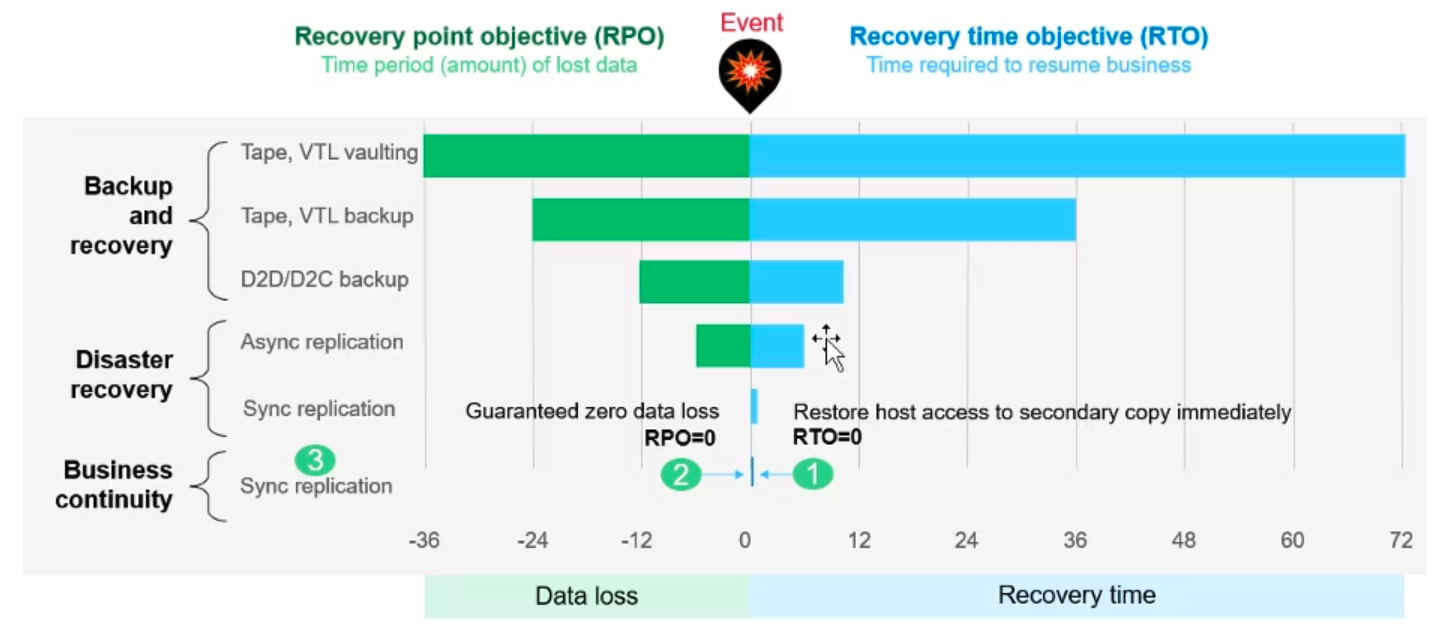The future of Connectivity is 5G. And I’m not just saying that because it’s all the marketing rage right now. Based on the throughput numbers and flexibility of 5G modems, a number of businesses are going to start using 5G as the base form of connectivity for their needs. The idea that you can quickly get connectivity delivered for your remote branch location is a big change for the way we do even something as simple as broadband today.
Think about how the branch office has changed in the last five years. It used to be common to think of a branch office as a satellite pseudo-headquarters location across the country. Maybe it was a back data center. It could have even been a coastal expansion. Today, the concept of a “branch” is as varied as the kinds of businesses you could even think to open. Branch bank locations, stores in malls, and regional offices are the most common ways to think of branches. But what about even more remote things like mobile delivery vans, the doghouse on a drilling rig, or perhaps even the mobile work studio of a photographer or videographer? As the amount of computing power used for basic tasks increases, the concept of a branch office keeps shrinking down and being pressed even more remotely.
That’s where 5G comes into play. You can’t easily get a circuit delivered to a drilling rig or a popup store during the holidays. Nor would you want to! Why pay installation fees for a circuit that might only last 2-3 months? And why force yourself to locate these “offices” in places where connectivity is available? If we can make power generators portable through gasoline, why do we still force ourselves to be tied to connectivity options that require us to stay in one place?

That’s not to say there aren’t downsides to 5G or even LTE connectivity. One is the higher cost. If I purchase a circuit from a provider, I have a certain allocation of bandwidth that I can use per month. For broadband or MPLS that allocation is usually quite high, on the order of terabytes of data transfer per month. For 5G or LTE, that allocation is measured in gigabytes and is significantly more expensive for a much smaller amount of throughput. And if you happen to go over on the amount of data that you’re using the fees associated with buying more bandwidth are also much, much higher than a similar broadband overage.
Businesses are wary of getting surprise bills at the end of the month showing that their data usage was off the charts. Rather than take the chance of having to pay a hefty bill they instead would rather reduce their flexibility and play it safe with traditional connectivity methods. Even those that require remote uplink connectivity often use it as an emergency option, like a backup link or for critical traffic only. What if there was a way to unlock the power of 5G without the worry of paying that big bill at the end of the month?
Right To The Point
Cradlepoint is a company that has been making remote networking endpoints for a number of years. These boxes have been used for remote monitoring, failover, and even SD-WAN functionality. The software driving these units is top-notch and focused on getting your branch up and running in no time flat. There are a number of companies with remote locations such as stores or restaurants that use Cradlepoint as their primary connectivity method.
Cradlepoint is leveraging its NetCloud platform for a new way to help retail organizations manage their worries about data usage. NetCloud now includes the ability to use machine learning and analytics to take a look at your networking bandwidth and see how quickly it’s consumed. That’s nothing new. What’s new with Cradlepoint is the ability to do predictive analysis to determine how much bandwidth you’re going to use by the end of the month. NetCloud offers you the sanity check to make sure your users aren’t going to exhaust your data plan this month. You can find out ahead of time if you need to purchase extra data to fill out a month heavy on reporting or data transfers. NetCloud can also help you model what happens if you end up expanding your branch location and what added users would look like to your data consumption model.
This is valuable even if your architecture doesn’t use 5G for the primary link. Imagine you’re deploying 5G as a temporary measure for connectivity until the broadband provider can deliver a circuit. Cradlepoint NetCloud can tell you historically how much data transfer was done in the first three weeks of the branch being opened as well as how much data can be projected to be used in the next three months. NetCloud can tell you not only how big of a data plan to buy until the broadband is delivered by how big that plan should be going forward to ensure that a 5G circuit serving as a backup link isn’t going to get swamped with traffic in the event that the broadband link goes down.
Bringing It All Together
Big bills don’t make anyone happy. They can impact initial profitability of franchise operations or cause issues with revenue planning. At the very least, no one wants to get the shock of finding out you used twice as much data as you were expecting because of a failure or other scenario. Cradlepoint NetCloud has the intelligence to figure out how to keep that from happening thanks to the help of machine learning. That kind of functionality can point out the issues before they grow into problems down the road.
To learn more about Cradlepoint and their NetCloud platform, make sure to visit http://Cradlepoint.com




